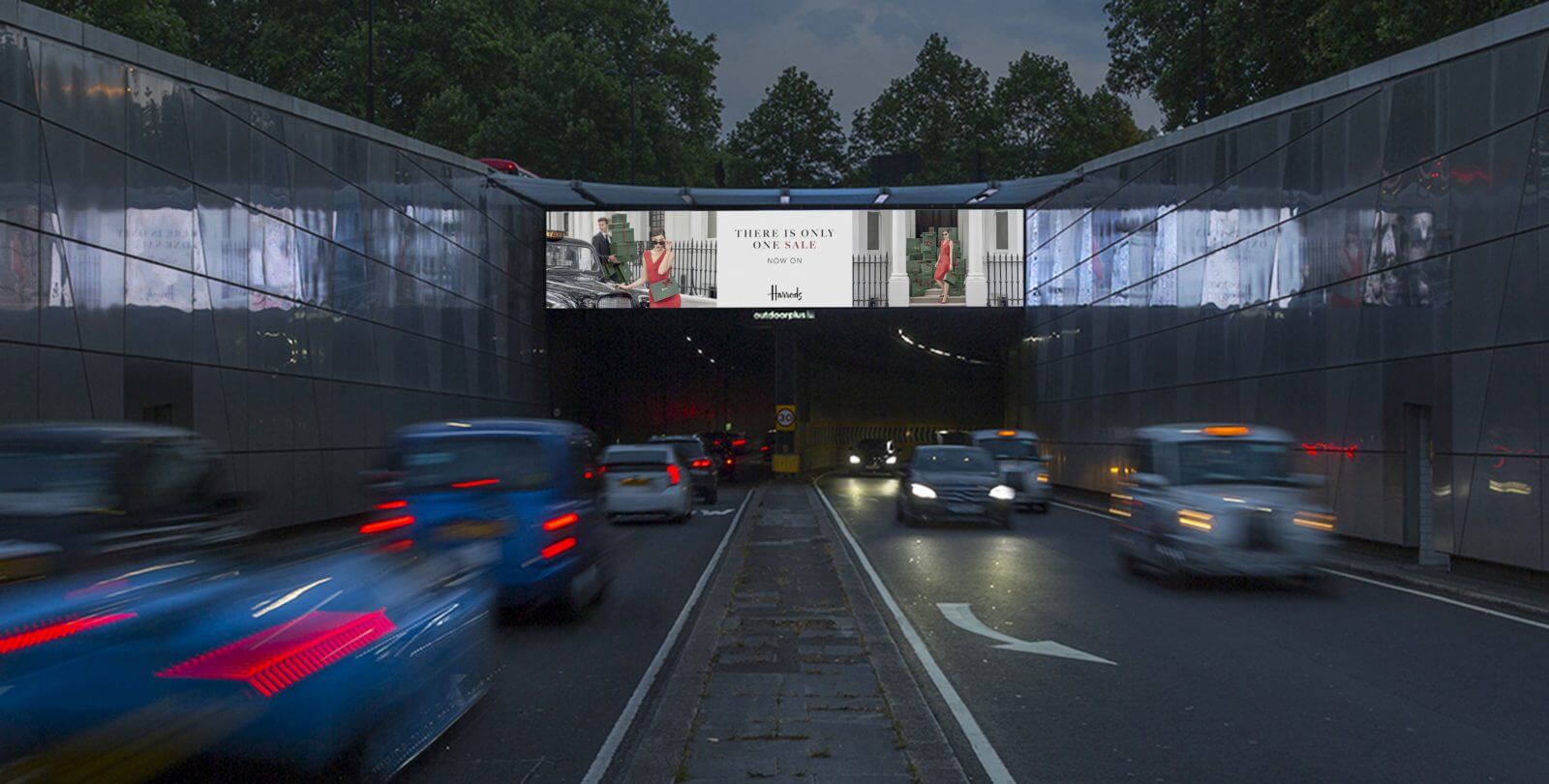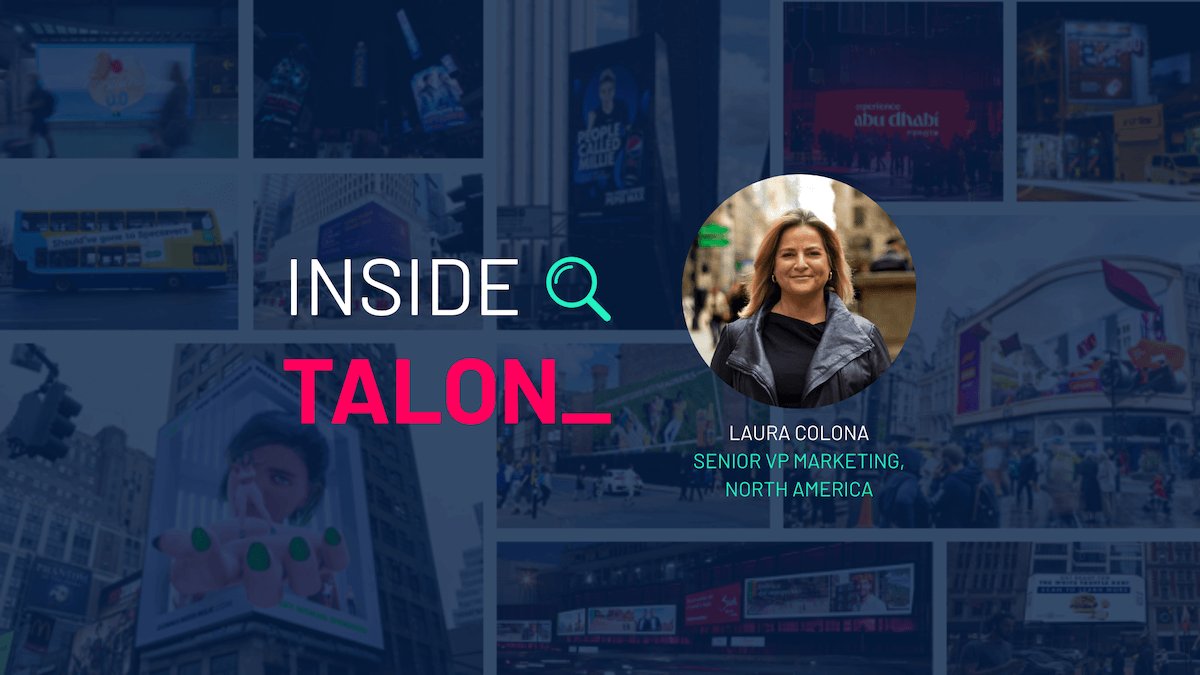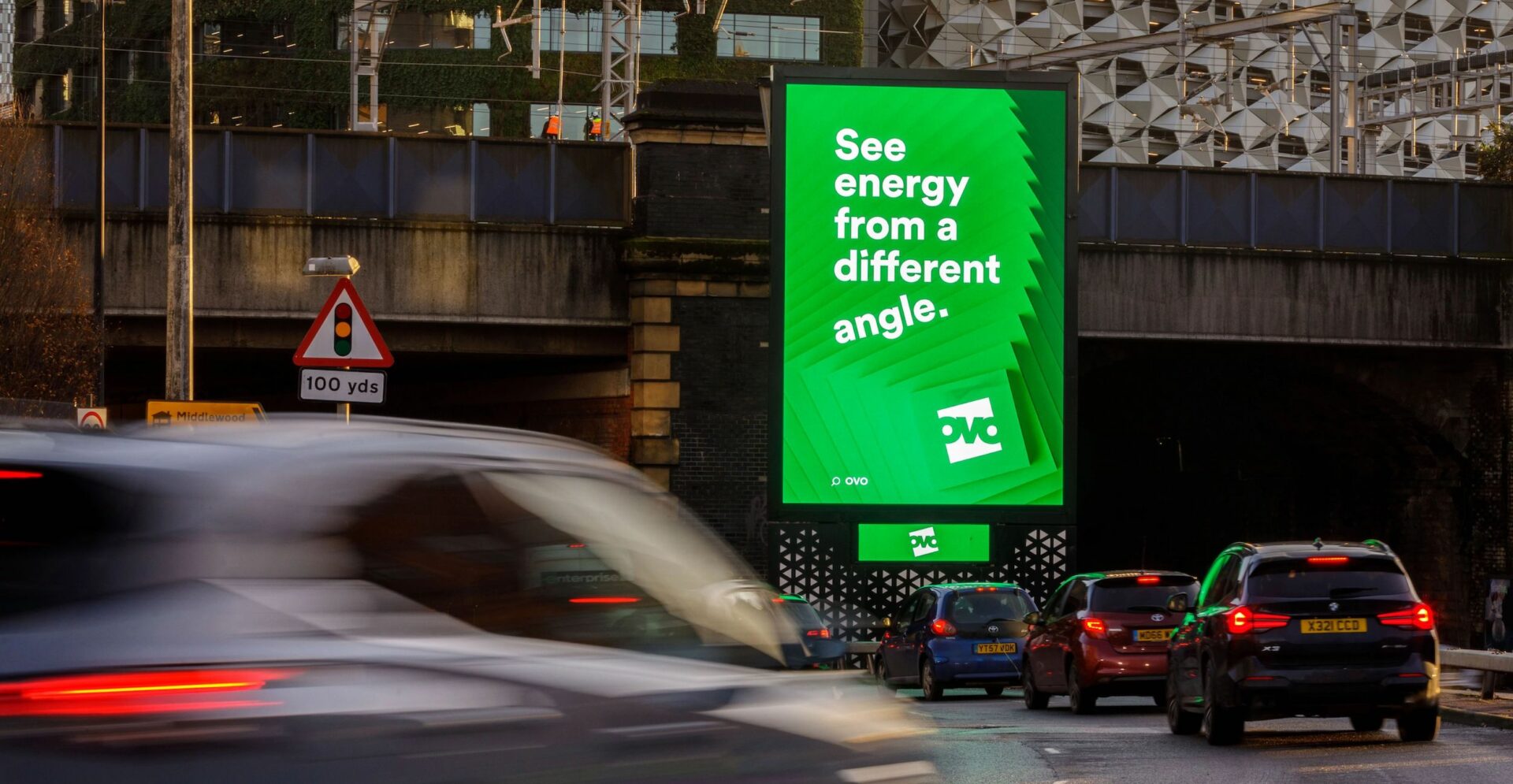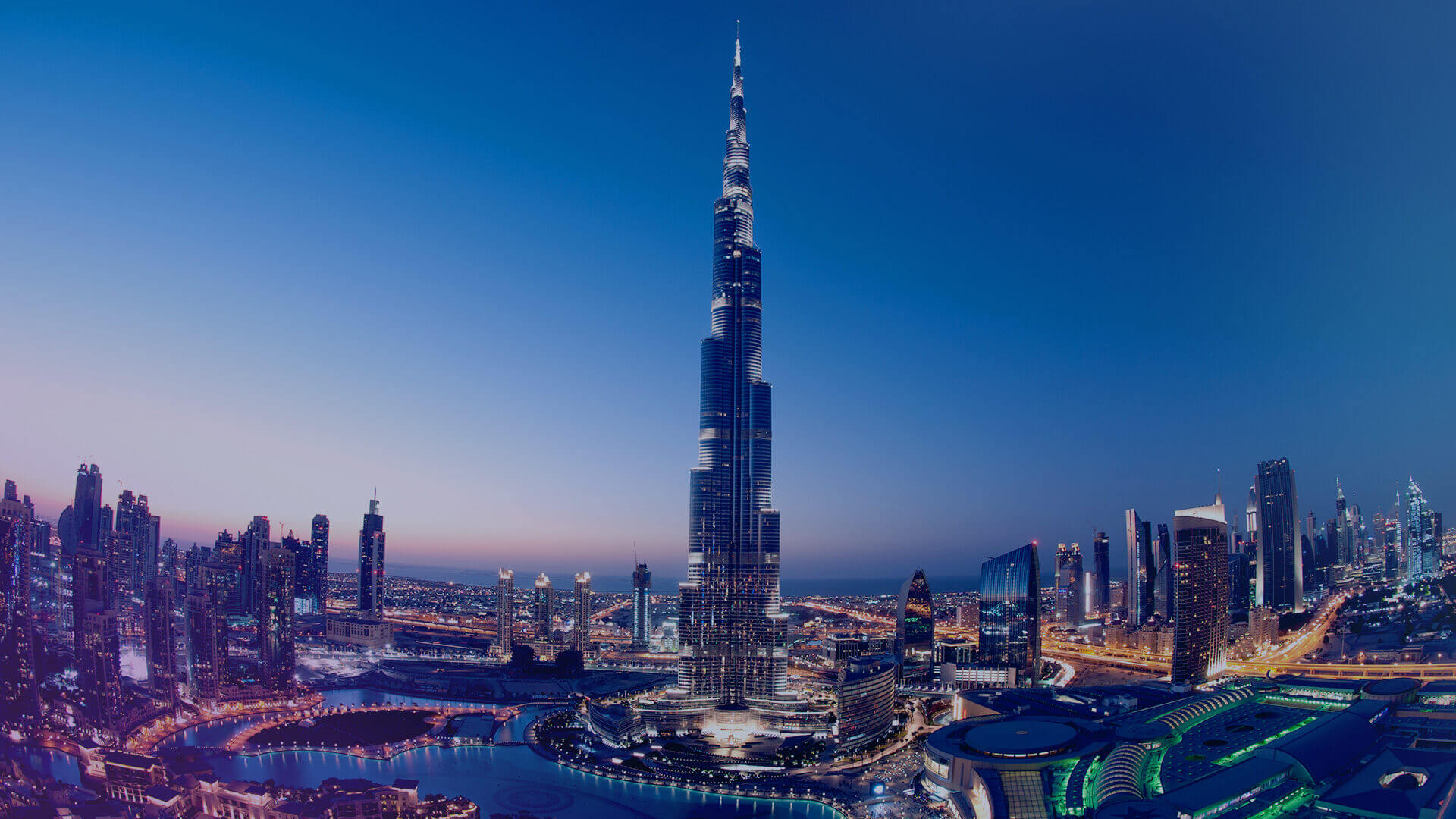Covid-19 and the return of the luxury market
Future Hope: Positive Signs for Luxury Market Recovery
Positive signs from China spark future hope for the luxury market
The question on many advertisers minds across the world now is not will consumers spend again post Covid-19, but when.
The global luxury sector is inevitably one of the first to get hit when an economy suffers a financial blow and this has been no different, with an initial 35% drop in sales predicted this year. However, it is often one of the first sectors to bounce back as people treat themselves as conditions return to normal.
It is then no surprise that according to China Daily, JP Morgan’s Vice Chairman of Global Banking and Asia-Pacific has predicted that the Chinese economy will grow by 15% quarter-on-quarter, April to June, an optimistic sign for the remainder of the year.
China is ahead of Europe on its way to recovery and there are strong learnings we can take from developments in the region. This past week has seen the first sign of lockdown restrictions begin to ease in many European countries, or at the very least an announcement of when they will. A global consumer sentiment study undertaken at the beginning of April showed that whilst consumers in Italy are still cautious about spending, the situation is slowly stabilising. For a country that has not yet had any restrictions lifted, this is a positive sign.
Recent consumer sentiment research from McKinsey demonstrated that whilst many countries expected an income decrease over the next two weeks, China didn’t – a positive sign that the road to recovery is well underway in this region. There was also a strong correlation between those who are optimistic for the future and those who are planning to increase their spending post Covid19, another sign that this won’t last forever.
As the outbreak spread across the world, luxury brands were at the forefront of the fight against the disease, with Burberry creating face masks and gowns whilst also funding research into a vaccine being developed by the University of Oxford. Hermes donated $20million to Paris’ public hospitals alongside manufacturing 30 tons of hand sanitiser and 31,000 face masks. In times of deep crisis, this is how people want to see brands react, and what will drive brand warmth for years to come.
GWI (Global Web Index) also shows us that those have bought from a luxury brand in the past year are over 65% more likely to fly in business or first class at least once a month. Learnings from the return of spending in the luxury sector suggest that although airlines will likely be one of the last services to resume business as lockdown restrictions lift across the world, they will see a surge when they do. What we do know, is that at the beginning of the crisis, commercial airline travel was impacted a lot worse than private aviation travel and actually saw an increase of passengers until mid-March. It is highly probable that we will see the same pattern emerge as restrictions begin to lift, with private aviation likely to resume earlier than commercial aviation.
From experience we know that at the beginning of the crisis, commercial airline travel was impacted a lot worse than private aviation travel, where we saw an increase of passengers until mid-March. It is highly probable that we will see the same pattern emerge as restrictions begin to lift, with private aviation likely to resume earlier than commercial aviation. Those who are frequent luxury shoppers will be the same audience that already do, or are able to travel via private aviation.
This is the same for many other sectors. Those who buy luxury fashion are 20% more likely to have an interest in the theatre, museums, and live events, they are 33% more likely to regularly eat out at a restaurant and they are almost 15% more likely to watch sport (GWI). Showing a clear correlation between the return of spending in the luxury sector is a clear indication that the return of spending in many sectors will shortly follow.
Another recent report from Kantar showed us that consumers in China were unsurprisingly looking forward to returning to the ‘new normal’ and travel is at the top end of the “freedom” list, with 45% of the population looking forward to travelling as soon as possible (GWI).
With a handful of European countries beginning to slowly lift lockdowns and announce exit strategies, brands will be thinking about how they can reach audiences in the future, as people return to city centres and resume life outside of lockdown.
The expertise of the Plexus team has been utilised now more than ever before, as brands are looking to adjust their global campaigns in local markets based on the current Covid-19 situation. It is our job, as International planning experts, to advise and lead our clients through this process. What would have been the norm before, may well be different now, but this doesn’t mean the same people cannot be reached through advertising. Advertisers within the luxury sector don’t need to drastically change their behaviour, they just need to make smart adaptions based on ever evolving audience behaviour, something we are at the forefront of.
Whilst the luxury sector may be suffering now, it’s encouraging to see mounting evidence showing us there’s light at the end of the tunnel.
Author: Finty Barton, International Client Manager, Plexus






